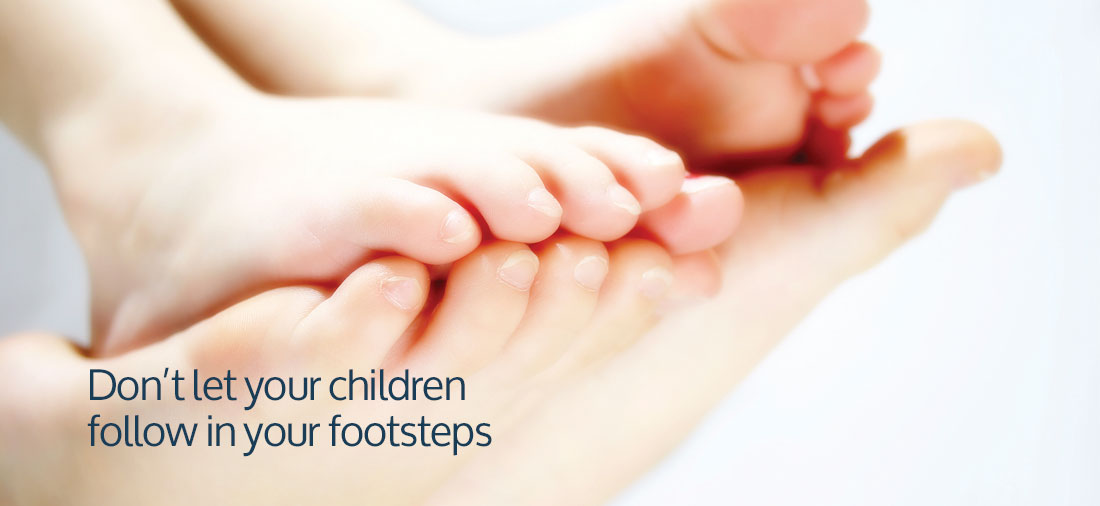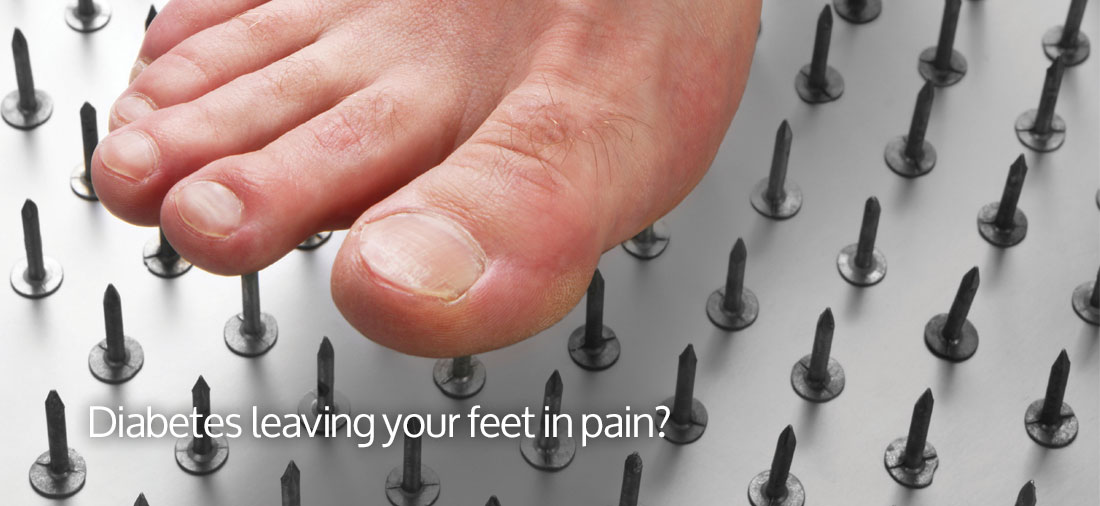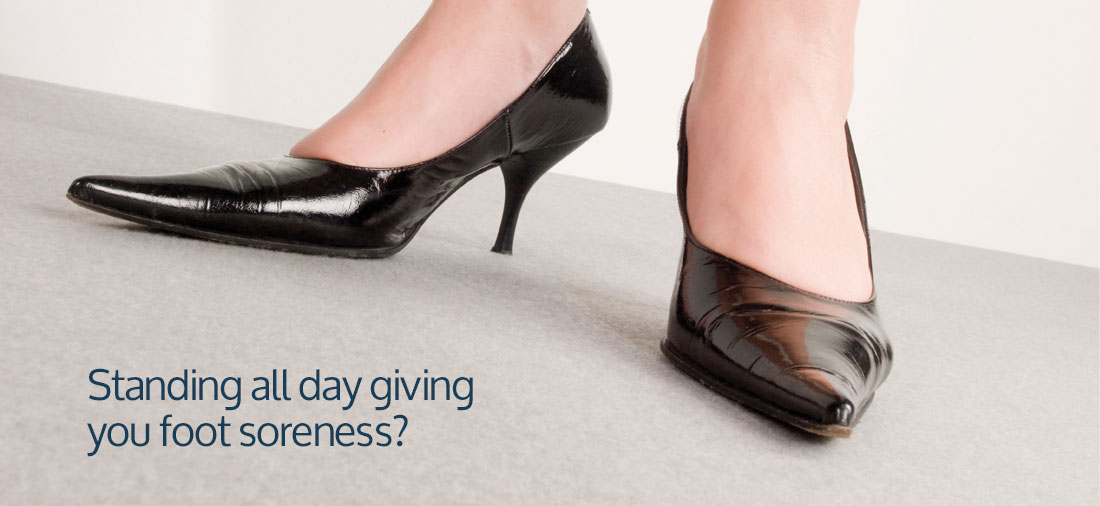Update on Running Shoes
Over the past years all of us have had a pair of running shoes prescribed to best match our foot structures in the hope to reduce our chances of experiencing a running related injury. However this way of traditionally prescribing shoes has in fact not prevented the occurrence of many running related injuries. According to five recent high level evidence studies, there still remains a lack of conclusive evidence to support the traditional way of prescribing shoes based on foot type/posture, to prevent the occurrence of a running related injury.
There is new evidence which has shown that the use of motion controlled shoes can protect against injury in in experienced runners who have a pronated foot type (flat foot).
Should I change my Shoes?
There are 2 reasons you may need to change your shoes;
- Enhanced Performance: A lighter shoe has been shown to improve running economy.
- A change in your running biomechanics is needed: This is tricky, as a minimalist shoe has been suggested to increase running cadence, alter strike patterns and reduced vertical loading rates. However these aspects can take up to 6 months to change and with conflicting evidence regarding minimalist shoes and loading rates, its been concluded by Napier and Willy (2018) that they were no more protective against running related injuries than a pair of standard shoes. There was also found to be no change in the occurrence of running related injuries in runners who were transitioned to either high drop, mid drop or zero drop shoes.
The Important Part: EDUCATION
Its been found that many runners believe that they are wearing the wrong type of shoes and this has caused their running related injury.
Based on the roles of different different shoe prescriptions, runners should be instructed to purchase a certain type of running shoe no more so than a red shoe over a blue one.
Education on training practices should be highlighted and followed for reduction in running related injuries. For instance a tailored, online education program delivered every 2 weeks reduced running related injuries by 13% when compared to a single education session.
A change to a persons running biomechanics has been linked to lower risks of developing running related injuries.
Is it your shoes? Or do you need to educate yourself on correct training practices? Contact us today for an assessment and advice regarding your shoes and any running related injuries.
Napier C, Willy RW. Br J Sports Med 2018;52:1552-1553








